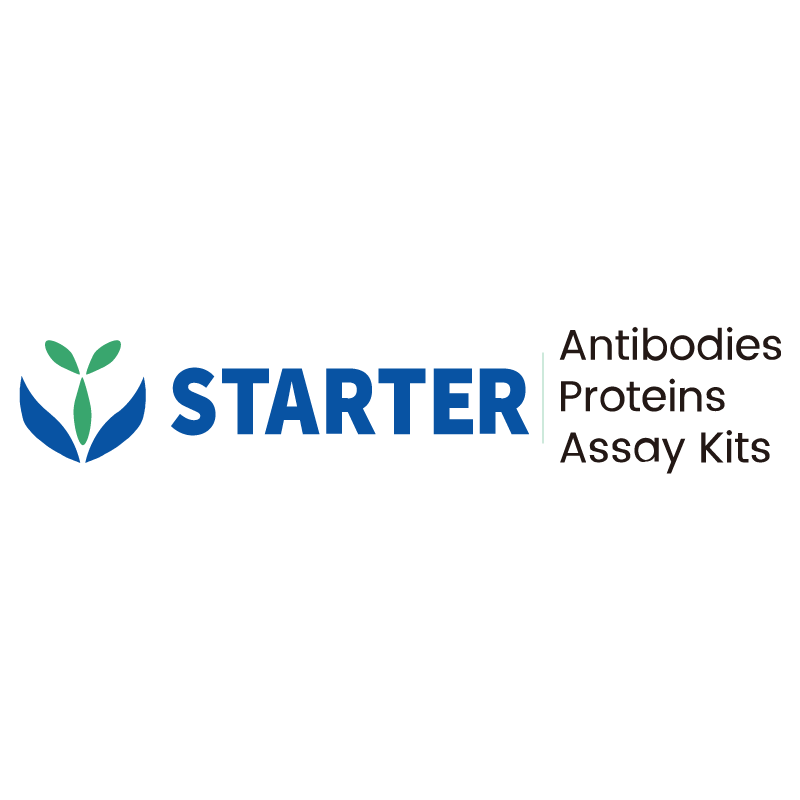Product Details
Product Details
Product Specification
| Host | Mouse |
| Antigen | CD28 |
| Synonyms | T-cell-specific surface glycoprotein CD28; TP44 |
| Location | Cell membrane |
| Accession | P10747 |
| Clone Number | S-R547 |
| Antibody Type | Mouse mAb |
| Application | in vitro T cell stimulation/activation |
| Reactivity | Hu, Mk |
| Purification | Protein G |
| Concentration | 5 mg/ml |
| Endotoxin | <2EU/mg |
| Conjugation | Unconjugated |
| Physical Appearance | Liquid |
| Storage Buffer | PBS pH7.4, containing no preservative |
| Stability & Storage |
2 to 8 °C for 2 weeks under sterile conditions; -20 °C for 3 months under sterile conditions; -80 °C for 24 months under sterile conditions.
Please avoid repeated freeze-thaw cycles.
|
Background
CD28 (Cluster of Differentiation 28) is one of the proteins expressed on T cells that provide co-stimulatory signals required for T cell activation and survival. T cell stimulation through CD28 in addition to the T-cell receptor (TCR) can provide a potent signal for the production of various interleukins (IL-6 in particular). CD28 is the receptor for CD80 (B7.1) and CD86 (B7.2) proteins. When activated by Toll-like receptor ligands, the CD80 expression is upregulated in antigen-presenting cells (APCs). The CD86 expression on antigen-presenting cells is constitutive (expression is independent of environmental factors). It is generally reported, that CD28 is expressed on 50% of CD8+ T cells and more than 80% CD4+ T cells in human, but during the course of activation some T cells lose this molecule. In general, CD28 is a primary costimulatory molecule for T cell activation.


